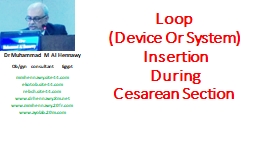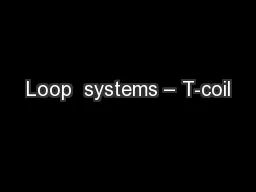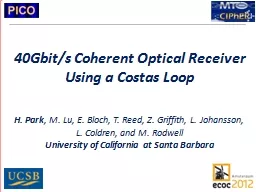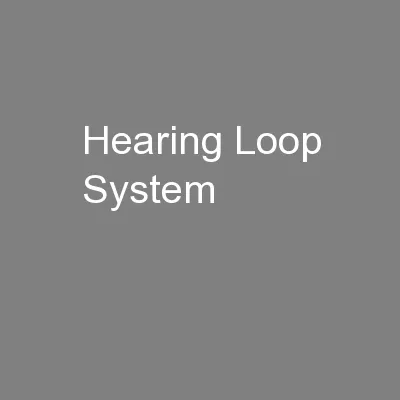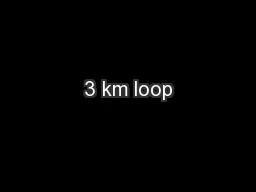PPT-Loop (Device Or System)
Author : ani | Published Date : 2024-01-29
Insertion During Cesarean Section Dr Muhammad M Al Hennawy Ob gyn consultant Egypt mmhennawysite44com ekotobsite44com rebchsite44com wwwdrhennawy8mnet wwwmmhennawy20frcom
Presentation Embed Code
Download Presentation
Download Presentation The PPT/PDF document "Loop (Device Or System)" is the property of its rightful owner. Permission is granted to download and print the materials on this website for personal, non-commercial use only, and to display it on your personal computer provided you do not modify the materials and that you retain all copyright notices contained in the materials. By downloading content from our website, you accept the terms of this agreement.
Loop (Device Or System): Transcript
Download Rules Of Document
"Loop (Device Or System)"The content belongs to its owner. You may download and print it for personal use, without modification, and keep all copyright notices. By downloading, you agree to these terms.
Related Documents

